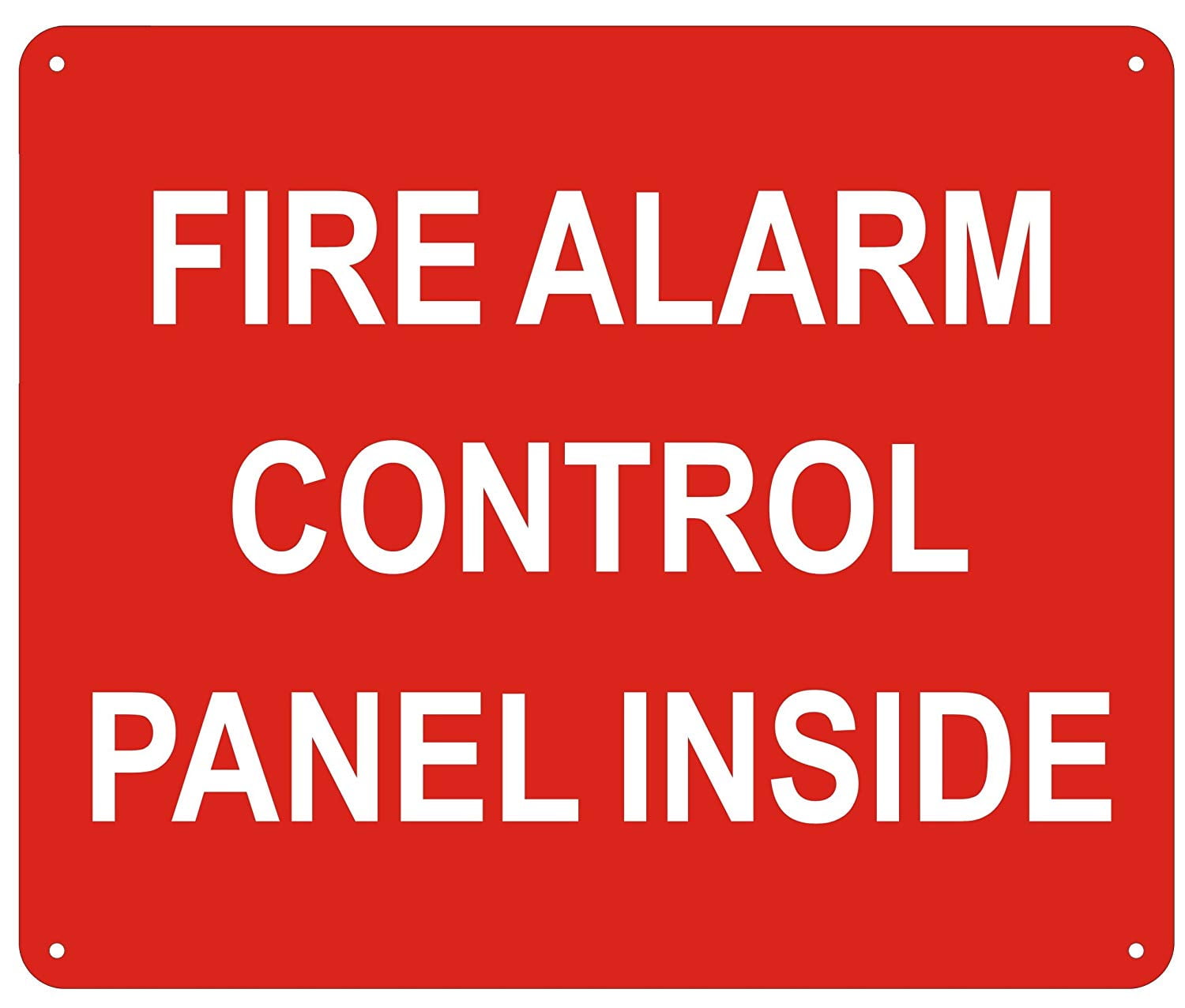

Even when the fire alarm control panel completely rolls over and dies, all that's absolutely needed is a plug-in power supply. In other words, for that manufacturer's Signaling Line Circuit, if the SLC only provides power, the system will still detect fire and sound the alarm.
FIRE CONTROL PANEL MANUAL
In case their fire alarm control panel's processor fails completely, so no data is received or sent on the Signaling Line Circuit (SLC), when the detectors detect smoke or a manual station is pulled, the horns and strobes still sound off. There's at least one fire alarm manufacturer of addressable fire alarm systems that has a worst case scenario default. On the other hand, so does a plug-in power supply. OK, the Fire Alarm Control Panel does supply power. Starting with the fire alarm control panel, take that away and see what happens. Because this is a mental exercise, one can play with ideas and doesn't have to depend on real facts or circumstances. Just to see how important parts of a system really are, sometimes I play an intellectual take-away game mentally I take away parts of a system, one at a time. However, when heat from a fire is detected by a sprinkler head, water starts to flow, and the outside horn is turned on to announce a fire.)Īll this is to say, the fire alarm control panel isn't the fire alarm system. (Some people might not consider this as a fire alarm system. It's really, though, a complete fire alarm system. It doesn't even have anything to detect if the power is turned off or a wire is broken. The firefighter's outside horn/strobe doesn't have a control panel. Like a light switch, the flow switch turns on this power, uses wiring to carry this power, and activates the outside horn/strobe. The firefighter's outside horn/strobe is powered by utility power. It also lets the fire department know where to connect hoses for greater ease in fighting the fire.
FIRE CONTROL PANEL FULL
There's no fire alarm control panel, but for all practical purposes, the residence has a full fire alarm system.Īnother example is the outside horn/strobe that lets the fire department know water is flowing to suppress fires. Going one step further with the residential smoke alarms, when there's more than one smoke alarm in the residence, all of the smoke alarms are interconnected with wires if one goes into alarm, they all sound off. Without the use of a fire alarm control panel, the stand-alone smoke alarm detects fire, and it lets people know about the fire. The smoke alarm has a detection device (smoke detector), the smoke alarm has a sounder to let people know (piezo sounder), and to connect it all together, the smoke alarm has very short internal wires. Yes, fire alarm control panels are important control systems, but to understand how important a control panel really is, examine a residential stand-alone smoke alarm. They only detected trouble with the wiring and they provided power to the devices. When one gets down to it, the early fire alarm control panels didn't really control anything. The fire alarm panel only receives signals and provides power to the horns, strobes, and other devices.

The fire alarm control panel isn't the fire alarm system: the fire alarm panel doesn't detect fires the fire alarm panel doesn't carry signals from the detectors or to the horns and strobes the fire alarm panel doesn't let anyone know about fires. For the service technician, the main part of the fire alarm system is the detection devices, the wiring throughout the building, and the horns/speakers/chimes/strobes (Notification Appliances). The service technician, on the other hand, has to think of the fire alarm system as more than the box-on-the-wall. It's the Fire Alarm Control Panel or Annunciator that's visible, and to the customer, the heart of the fire alarm system. Sometimes the customer will notice the red horns and strobes high on the wall or the pull stations at the exits, but for the most part, the hidden parts of the fire alarm system are beyond understanding. When a customer talks about the trouble that's showing on the fire alarm system, often the customer only means trouble showing on the box-on-the-wall. Other than the building wires that carry the signal from the fire detector to the fire horn, everything else in a fire alarm system is just support. Having detected a fire, a fire alarm system sounds the alarm. However, as a concept, it is not necessary to have control panel in all fire alarm systems. The Fire Alarm Control Panel is used in most systems to control signals. A fire alarm system has to have some means of detecting fire, some means letting people know about the fire, power, and some way of carrying the alarm signal to the device letting people know.


 0 kommentar(er)
0 kommentar(er)
